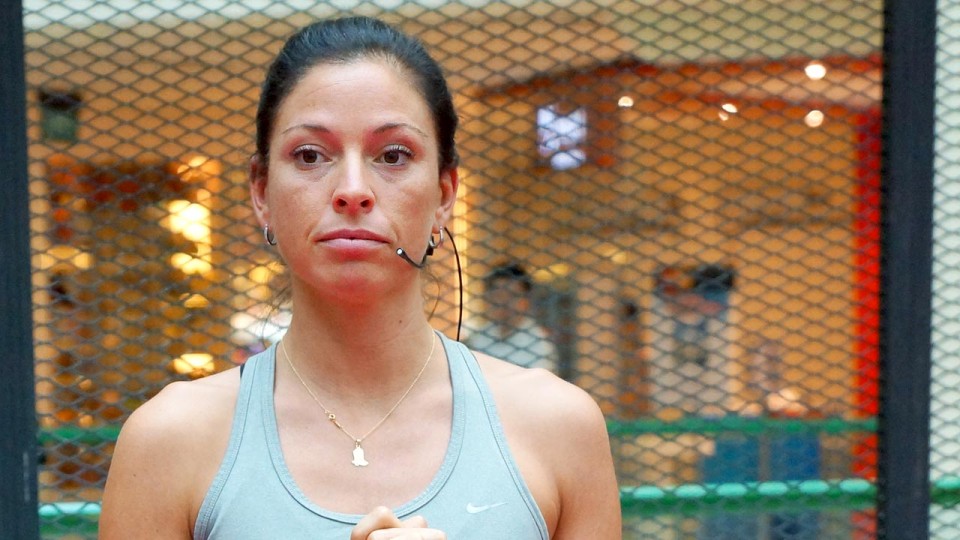This trainer loves Christmas lights, trains six days a week, and will take you to the next level. A firm believer of full body functional training, Marie Purvis encourages a diverse training programme to help athletes get better, faster and stronger.
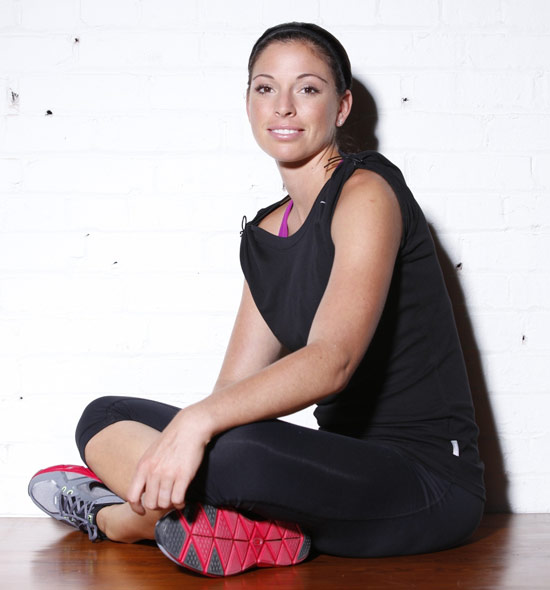
RunSociety had the amazing opportunity to find out more about her and asked her for tips to improve our performance!
Who is Marie Purvis?
1. How did you become a Nike Master Trainer?
Initially, Nike’s Women’s Training came and asked me to be the face of Women’s Training, which was known as Nike’s Dynamic Training at that time. Then when it became Nike Training Club, I was able to help out with the app, by designing the workouts. Then, I became the women’s training ambassador and it has evolved from there.
2. What does a Nike Master Trainer do? Who do you train, what do you train them in?
I train other female professional athletes that we feature in the Nike Training Club (NTC) app. I also train other trainers in the profession who want to teach Nike Training Club. So a Nike Master Trainer needs to be able to perform and teach in front of a large crowd, especially with the high energy level required.
Every athlete that I train with is for the Nike Training Club app. I also train athletes that come to Campus (Nike Headquarters in Beaverton, Oregon), such as Shaun Johnson, Lakey Peterson, Serena Williams, Allyson Felix – these are the people I train for the app. I train them for NTC, so it’s really a full body functional training, rather than just sport specific.
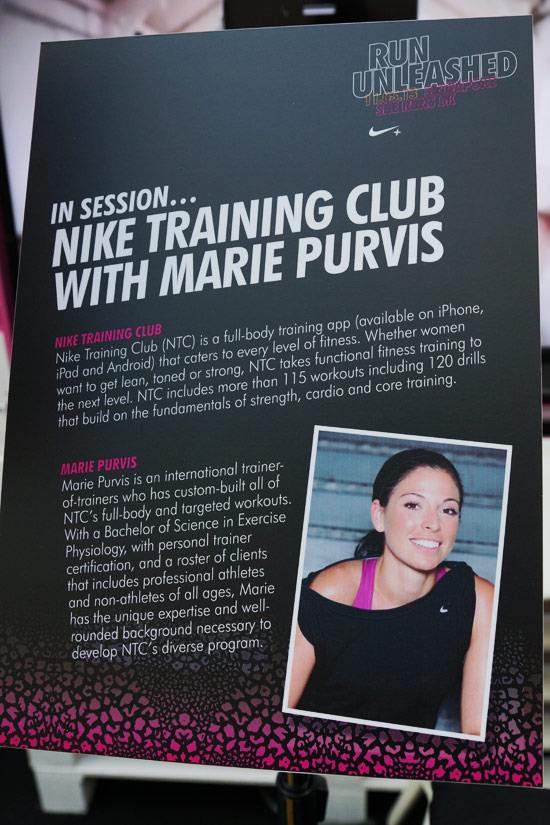
3. Are you tough on your trainees?
I am very tough on my clients because you need to keep them motivated. I have very high expectations of them but I am never going to make them feel like they are failing.
What I do is to meet them where they are at, in terms of their strength and fitness level, and I bring them to the next level. It helps them a lot when they have that motivation.
A Firm Believer of Full Body Functional Training
1. What sports do you do?
I do a lot of running, and some recreational volleyball. I cycle quite a bit outside during my free time.
2. How do you prepare for competitions?
I train hard for it. I will train around 6 days a week. Every day I will be doing classes from the NTC app to spinning or yoga. I also do kettle bell workouts and heavy lifting similar to the Olympic-style ones to build my strength. Additional to all those, I do a lot of high intensity training. I get bored easily so I constantly have to change my training routine.
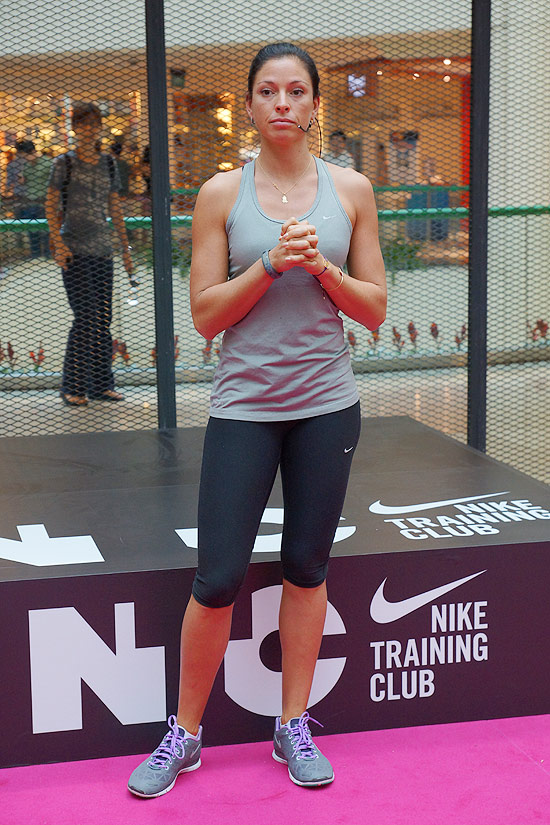
3. What are some of your best race experiences?
I loved the Nike She Runs in Sydney, 2012. That was personally the best race for many reasons. One, it was the electrifying camaraderie between all the women that were participating. Two, the race took place at night which was really cool. I’m huge with lights, I love Christmas because all the lights are up, and during the race in Sydney, everything was lit up and there were also fireworks. It was a totally different feeling from other races.
My next favorite race was the San Francisco 42km Full Marathon, which I ran in 2011. It was my first marathon and I felt amazing throughout the entire race. This was even though I missed my goal by 1 min. The race itself was a really good race. It was a hard course to get the time I was aiming for because it was super hilly, so I gave myself a little slack and I missed my aim by 1 minute.
4. What’s your daily training routine like?
I’m not training for a race right now, so there is not a lot of running involved. I usually start my Mondays as my heavyweight-training day. On Tuesdays, I go for a more high intensity training – this is when I usually put on the ‘Get Lean’ NTC workout and go with it. On Wednesdays, I do another strength training workout using the kettle ball. On Thursdays, I head out to the track and do the sprint workout. I normally go for the 200m sprints. So I’ll be walking 200m around the track, and then sprinting the next 200m. I’ll repeat this for 8-10 laps before taking on a 2km easy run. On Fridays, I head for a pool workout, not swimming or anything, but more of doing runs in the pool. I do this for recovery and regeneration training. Being in the pool helps to take the strain of my joints and muscles but still get my body working at high intensity. Also, because of the cold, water training actually helps burn fat faster. On Saturdays, I do my favorite thing, which is to go on long runs with friends, followed by breakfast. So the day is really fun and social. I relax on Sunday.
Get Fitter and Healthier to Discover a more Balance You
1. Any advice for the average woman who wants to pick up a sport?
They need to find something that they like to do, something lively and energetic like hiking, dancing or riding a bike, just to start them off. Also, they need to find a motivation to push them. I often find that by signing up for a race, it really helps to motivate someone. You should also do these activities with friends who like to do the same things as you. If it becomes a social activity, there’s so much more motivation.
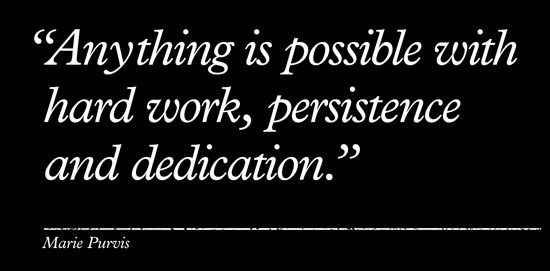
2. What are some pointers for females to prevent common injuries?
The common running injuries women face are definitely knee injuries. Doing proper stretching and strengthening of muscles via weight training can alleviate this. The misconception that weight training will make us women bulky needs to change; it is just a myth. The reason why we get injuries is because our muscles are not strong. If you are afraid of becoming bulky, the best weight training you can do is to use your own body weight. This is exactly what Nike Training Club sessions are all about. Using body weight won’t get you bulky, but you will become stronger after a couple of weeks.
3. How should athletes prepare to get their best performance on race day?
To get your best performance, you will need to train hard but you must have diversity in the training.
If you are running a race, you cannot just depend on running the distance. You need to go and do other activities like yoga, Pilates, strength training, and Nike Training Club workouts. As you make your training programme diverse, different parts of your body will be put to the test.
Running is very straightforward, so the muscle groups you use are always the same. Posture is also very important when it comes to running. If your upper back is weak, you will hunch when you run and it quickens your breathing, making it difficult to run at your optimum. So developing your strength an athlete is as important as running itself.
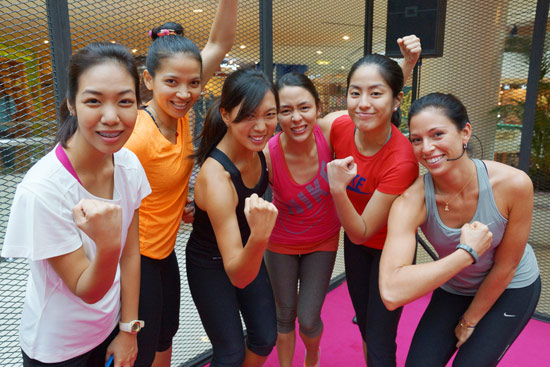
We thank Marie for sharing with us such valuable tips. The next time your friend invites you to try a new sport, just do it. You will never know how much it might just benefit you!



